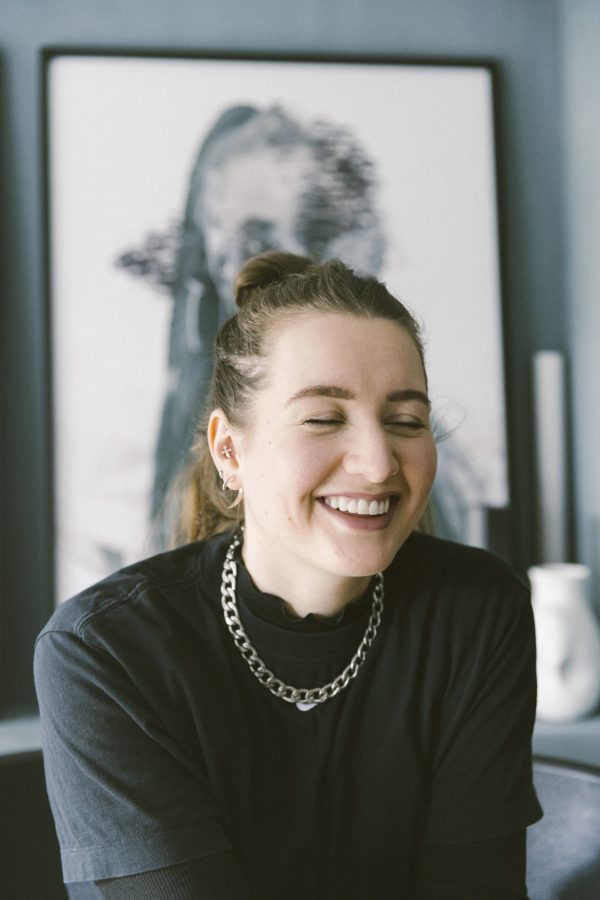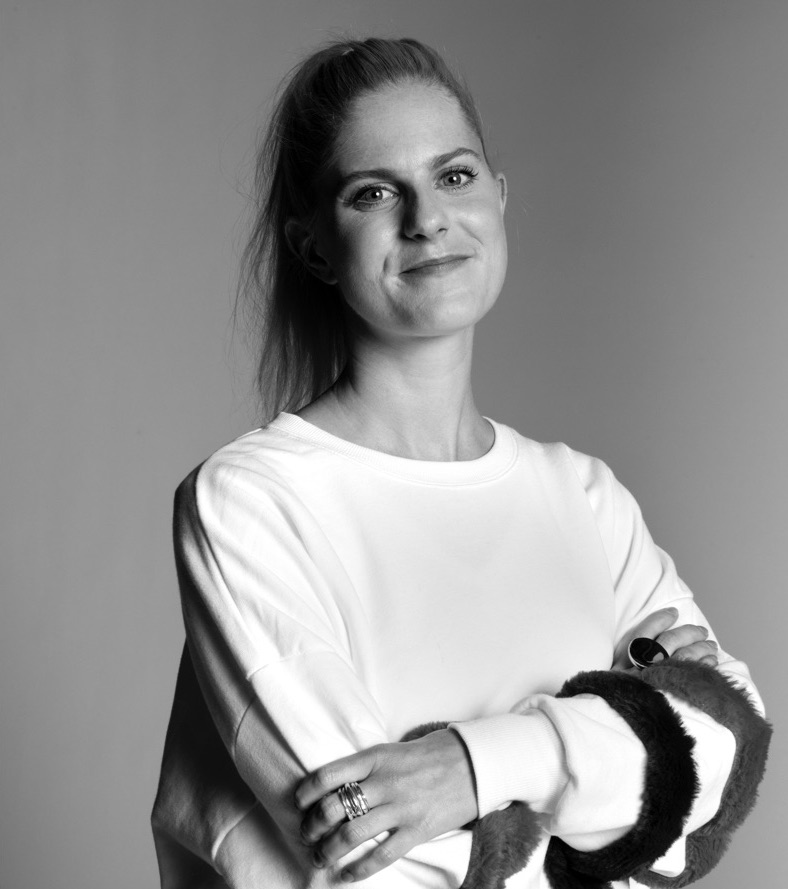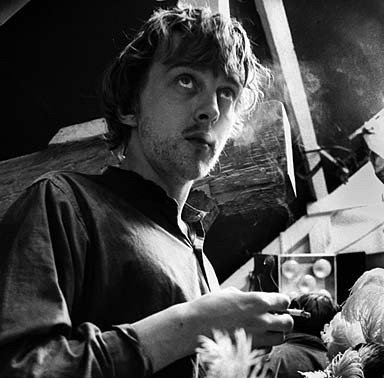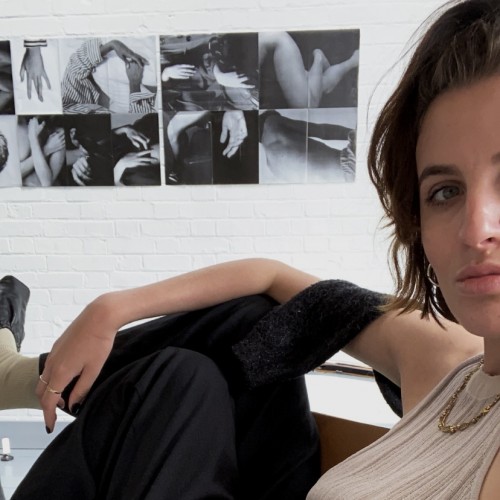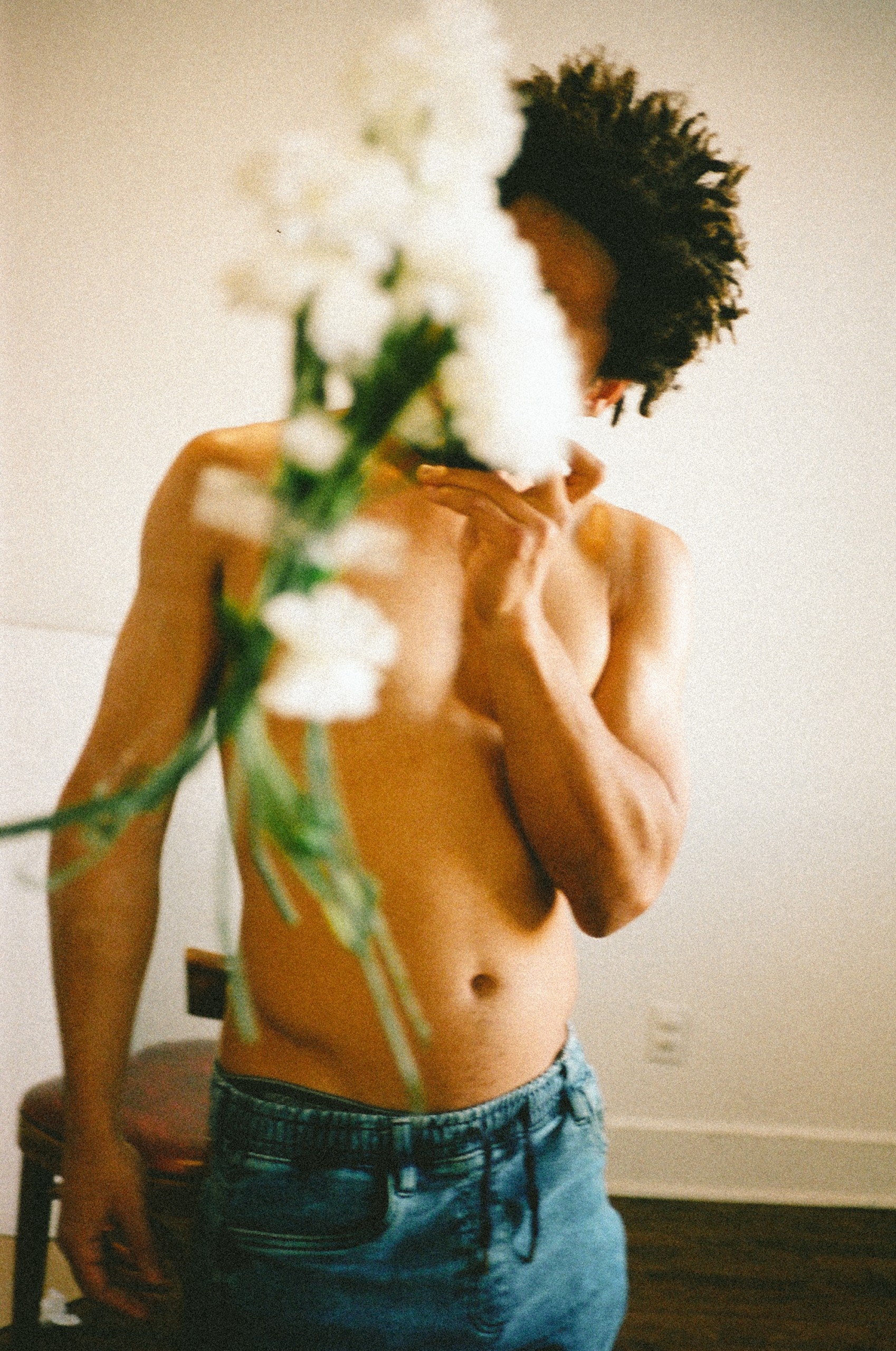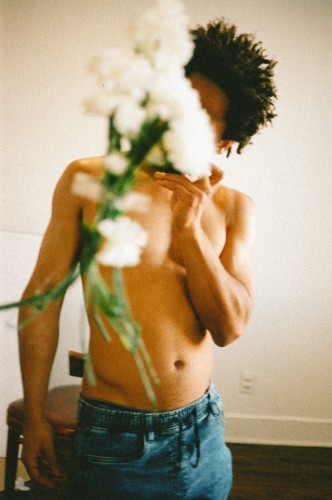Read Time 5 minutes
Tif Hunter & the tintype
We at Darklight have known artist Tif Hunter for a few years and always been completely in awe of his work and process. Having both had the total joy of having our portrait taken by him on tin, we have witnessed first-hand the magic of this medium.
We caught up with Tif during the UK lockdown to ask him a few probing questions about how he came to shoot on tin, and how he’s been staying sane [/inspired] whilst staying inside.
Tell us about your method of shooting on tin. What’s the history of this method of photography?
The wet plate collodion method for creating a photograph was invented back in 1850, just a few years after the birth of photography itself. Initially developed using a glass plate, the metal plate came into use in America during the civil war in the early 1860s.
My use of the technique hardly differs from that era. Each plate is sensitised and used directly to make the exposure. Followed immediately by development and fixing, the whole process from bare metal to finished wet tintype takes no more than 10 minutes. The resulting hand made image is unique containing the evidence of my handling with marks along the edge and chemical quirks and glitches, which are part of its particular charm.
The 21st century addition that I make to the process is to copy these images soon after they are made using a high resolution digital setup. This enables me to make a print. The original tintype is of course impossible to retouch and I honour that honesty by not retouching the digital file.

What’s the story behind this piece?
I love the moments between. Between crouching down and standing up or between standing up and sitting down. So the picture with Alice, a trained ballet dancer, was an exploration of this.
My tintype photography needs to embrace the requirement for enormous quantities of light to make a successful exposure, plus the very reduced depth of focus that my vintage lens [from 1860] can achieve. So to achieve an image that so perfectly answered my brief was time consuming and really pushed the envelope. Alice performed this move countless times but when this plate appeared in the fixer dish we knew we had made something special.
Where does inspiration come from for you?
I have absorbed images from art and nature all my life. After a long gestation all those visual stimuli become an innate part of one’s brain. Finding my own voice has taken many many years and the discipline and technique of creating images this way has definitely been liberating.
You studied botany, right? We can see how that has influenced your work.
Yes, after school I went to Oxford University and studied botany.

How does your practise affect your mental health?
Process and focus. My goal every time I make tintypes is to master both technique and inspiration. By focusing acutely on every element of process and composition and light I need to be right in that moment. Embracing the accidental that might also enter that moment is just another level of joy.
Can you give us one piece of advice for mental wellbeing?
Honesty and allowing oneself to make mistakes. The world we live in is by no means perfect. Seeing and loving those imperfections is both honest and harmonious.
Every day is going to be different from any other day and I’m going to be a more fulfilled person today than I was yesterday.
Do you listen to music in the studio whilst you work?
I can get into particular grooves with music and listen to the same piece again and again for days and even weeks. Jerry Garcia and the Grateful Dead are definitely right up there for me. As are Neil Young and Peter Gabriel.
This is one of our favourites … I’m currently sitting looking at one of your tins in my kitchen, listening to this song. I feel like they compliment one-another.
Do you have a favourite photographer?
Edward Weston and Irving Penn are my two favourite photographers. Both were brilliant artists, But also, both pursued a relentless mastery of technique in creating the final black and white print. It was not just the image, but the final object of the print itself that motivated their work.
What’s the best exhibition you’ve ever been to?
The best gallery I’ve ever been to is The Louisiana, just north of Copenhagen. The context and placing of great works of art [such as Giacometti, Moore, Bacon, Calder] either inside or in the landscape is so considered that it adds a whole extra level to one’s experience.
Where did you grow up?
I grew up next to a farm in the countryside in Sussex.
What did you do before you were an artist? Did you ever have a job you hated?
I’ve worked as a commercial photographer for many years and now am pursuing mostly my artistic practice. As a teenager earning summer money, I worked one year on the cross-Channel ferries. Cleaning up after the Brits returning from beer festivals was not a pretty sight!
Haha! OK, final question. Dark or Light?
Light.
END
All artworks courtesy of Tif Hunter.
subscribe for the latest artist interviews,
historical heronies, or images that made me.
what are you in the mood for?

